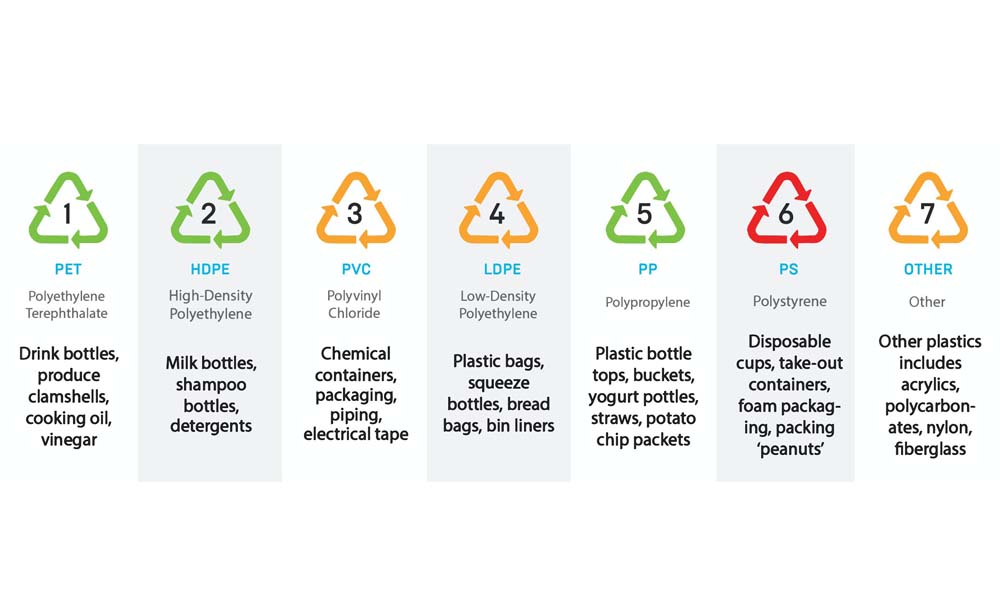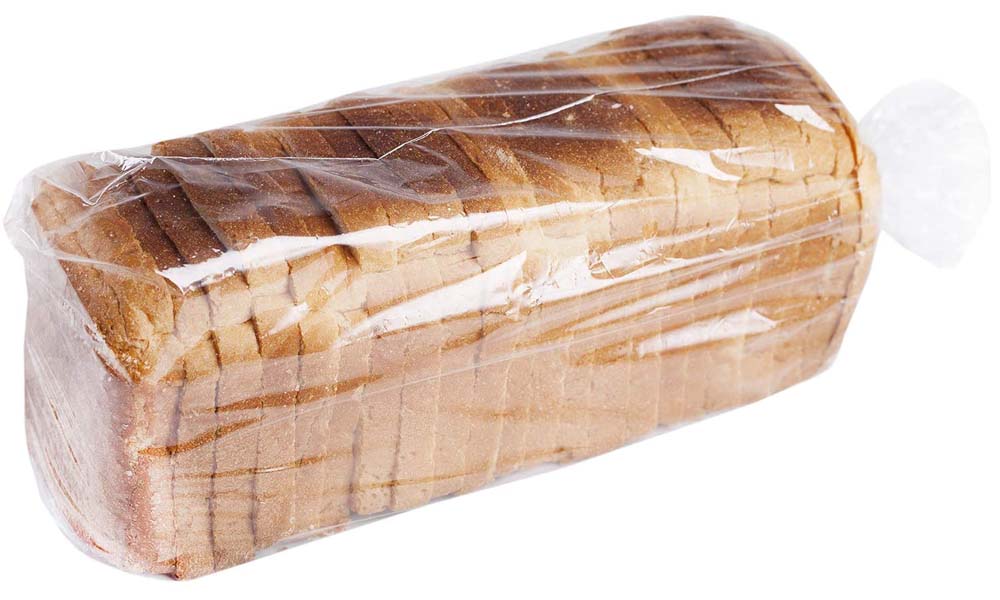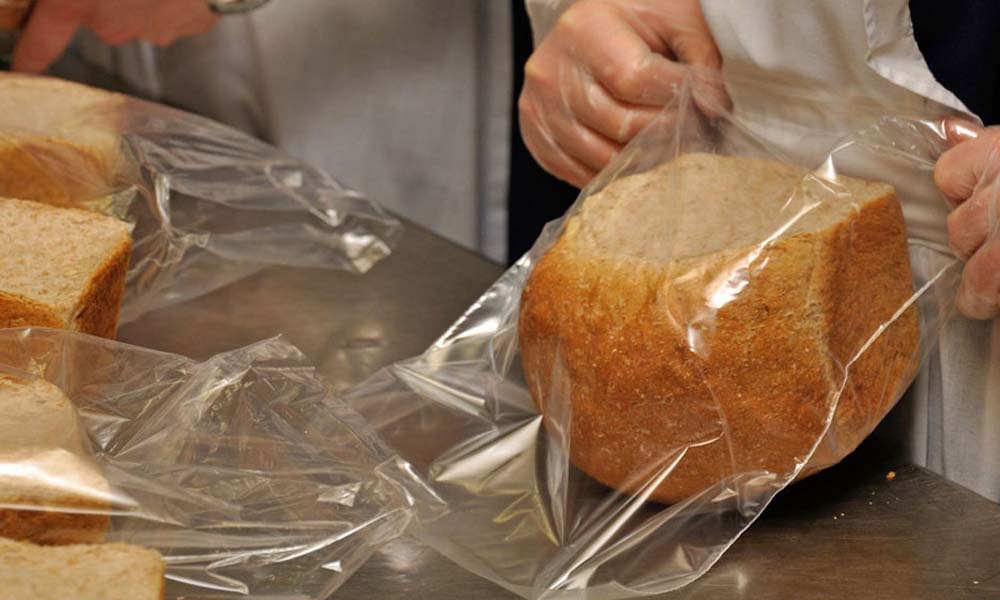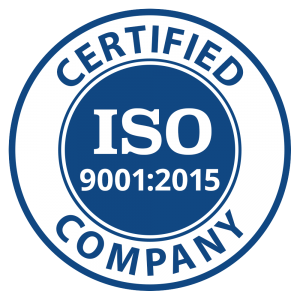We can imagine our kitchens without a lot of things, but plastic isn’t one of them. In the half-century, since it created a food storage revolution, this material has come to play an indispensable role in nearly every meal. In recent years, however, plastic’s image as a shining symbol of technological progress has been tarnished by reports suggesting that it may be less than safe, especially in the kitchen. At issue are the chemicals plastics are made from and whether or not these building blocks are able to leach into our food. The answer to that question starts with understanding the different kinds of plastic available today.

1. Here’s a list by recycling code number:
- #1 PET or PETE (polyethylene terephthalate ethylene) is a common plastic used to package a variety of foods and drinks. PETE is considered a safe, non-leaching plastic, even though some studies have found that it can release toxic metallic mineral antimony over time, especially when subjected to heat.
- #2 HDPE (high-density polyethylene) is another common plastic used for milk and water jugs, dairy product tubs, and plastic bags. HDPE is not known to leach toxins.
- #3 PVC or V (polyvinyl chloride) is found in plastic wrap, especially commercial varieties used to package deli and similar items. These plastics use hazardous compounds called phthalates to maintain their pliability. Phthalates have been found to easily leach out of PVC products. PVC can also release a material called di-(2-Ethylhexyl) adipate (DEHA) when in contact with fatty foods. The use of #3 plastics is not recommended.
- #4 LDPE (low-density polyethylene) is used for bread and frozen food bags, squeezable bottles, other types of packaging, and reusable containers. It is not known to leach toxins.
- #5 PP (polypropylene) is found in bottles and food tubs, and reusable containers. It is not known to leach toxins.

- #6 PS (polystyrene) is often found in foamed food containers. It can leach a number of chemicals into foods and is not recommended in the kitchen.
- #7 OTHER is a catch-all category that includes everything else. One common #7 plastic is polycarbonate, a shatter-resistant material used in things like baby bottles and reusable water bottles. Polycarbonates readily leach a toxic compound called bisphenol-a (BPA) into food and drink. But new corn-based polylactic acid (PLA) plastics, which are generally recognized as safe, are also labeled #7. It can be hard to tell if a given #7 container is kitchen-safe without additional identifying information, so look for bottles that say they are BPA-free.
To sum up: types 1, 2, 4, and 5 are generally safe to use. Types 3 and 6 should be avoided. And Type 7 is a definite “it depends.”
2. Rules for using safe plastic in the kitchen
Of course, there are certain circumstances under which no plastic is safe to use. Heat, harsh detergents, and old age all promote the degradation of plastics and the leaching of compounds they contain. Here are our rules for using plastics safely in the kitchen:
- Never microwave any food in any plastic of any kind, including so-called plastic wraps and “microwave safe” containers. Transfer microwaveable foods to a safe glass or ceramic alternative before heating — even if the label says the original container can be used. The term “microwave-safe” only means the plastic in question won’t become visibly damaged when heated — not that it won’t leach!
- Don’t serve or store hot foods, acidic foods, or foods with high fat or oil content in plastic containers of any kind as these types of edibles are more likely to encourage leaching. Use glass, metal, or lead-free ceramics instead. A simple storage system can be created with any bowl and a similarly-sized plate used as a lid.
- Avoid the temptation to save and reuse commercial food packaging and drink bottles, which are not designed for repeated uses and become more prone to leaching with repeated cleanings.
- When reusable plastic containers made from #4 and #5 plastic become heavily worn or scratched, retire and recycle them.

- Always wash plastic containers by hand, with warm water and mild dish liquid. Keep them out of the dishwasher.
- Avoid putting cling wraps in direct contact with food. Instead, use unbleached wax paper or a safe container.
- Plastic sandwiches and food storage bags are typically made from polyethylene, which is considered non-toxic. However, we were unable to find any data verifying the safety of washing and reusing such bags.
- Practice precaution and use only glass bottles for infant feedings.
- When it comes to buying cling wrap and reusable food containers, purchase only those that tell you exactly what type of plastic they’re made from.
Read more: What happens without plastic packaging?
3. Why choose us?

Bao Ma Production & Trading Co Ltd is complying with the ISO 9001-2015 which ensures the quality control system and the ability to produce different materials and sizes of poly bags and rolls, including:
- Packing products for agricultural, aquatic, food consumption, industrial purposes.
- Zip-lock bag, shopping bag, garbage bag, plastic carriers.
- Plastic sheeting
- Perforated plastic roll
- Poly roll of 2m – 4m measurement for the use of lining prawn-raising ponds, for construction sites and sewage system usage, and as cover sheets for agricultural and industrial purposes.
- Printing services on packages of up to 6 colors with customization
- Trading various plastic raw materials such as PP, HDPE, LDPE, LLDPE…
So, please contact us via hotline: (028) 37540 999 – 096 314 5959 and let us be honored to serve you in the best way possible.
BAO MA PRODUCTION & TRADING COMPANY LIMITED
Address: No. 21 Tan Tao Industrial Park, Road No. 3, Tan Tao A Ward, Binh Tan District, HCMC
Tel: (028) 37540 999 – 096 314 5959
Email: info@poma.com.vn
Website: www.poma.com.vn



 Tiếng Việt
Tiếng Việt